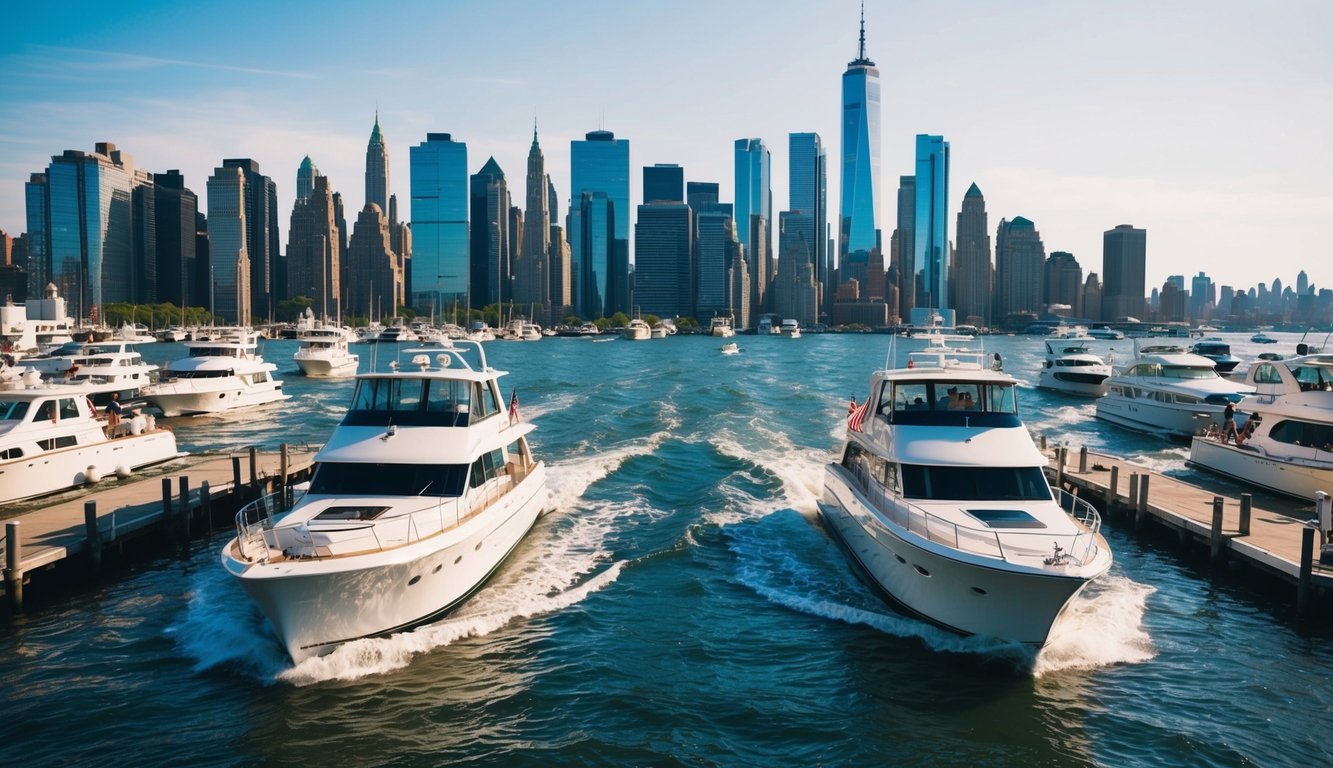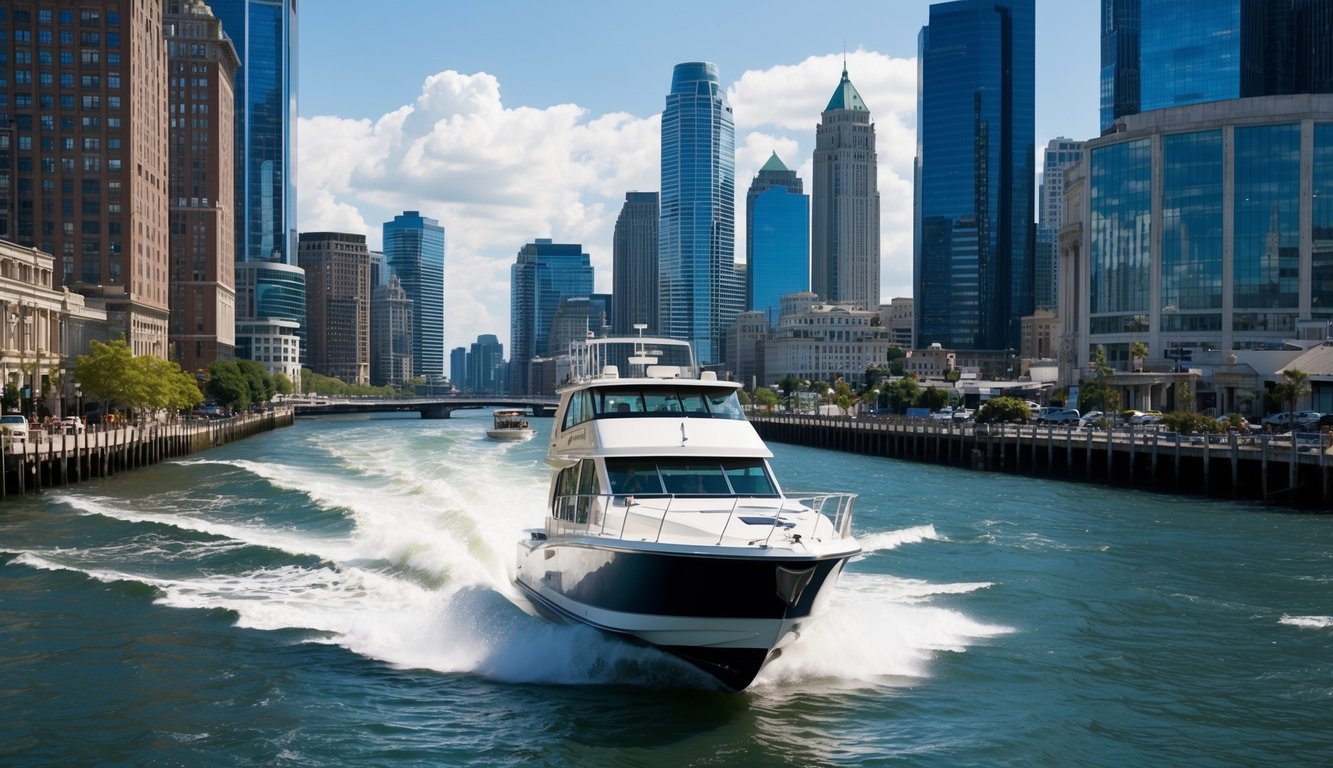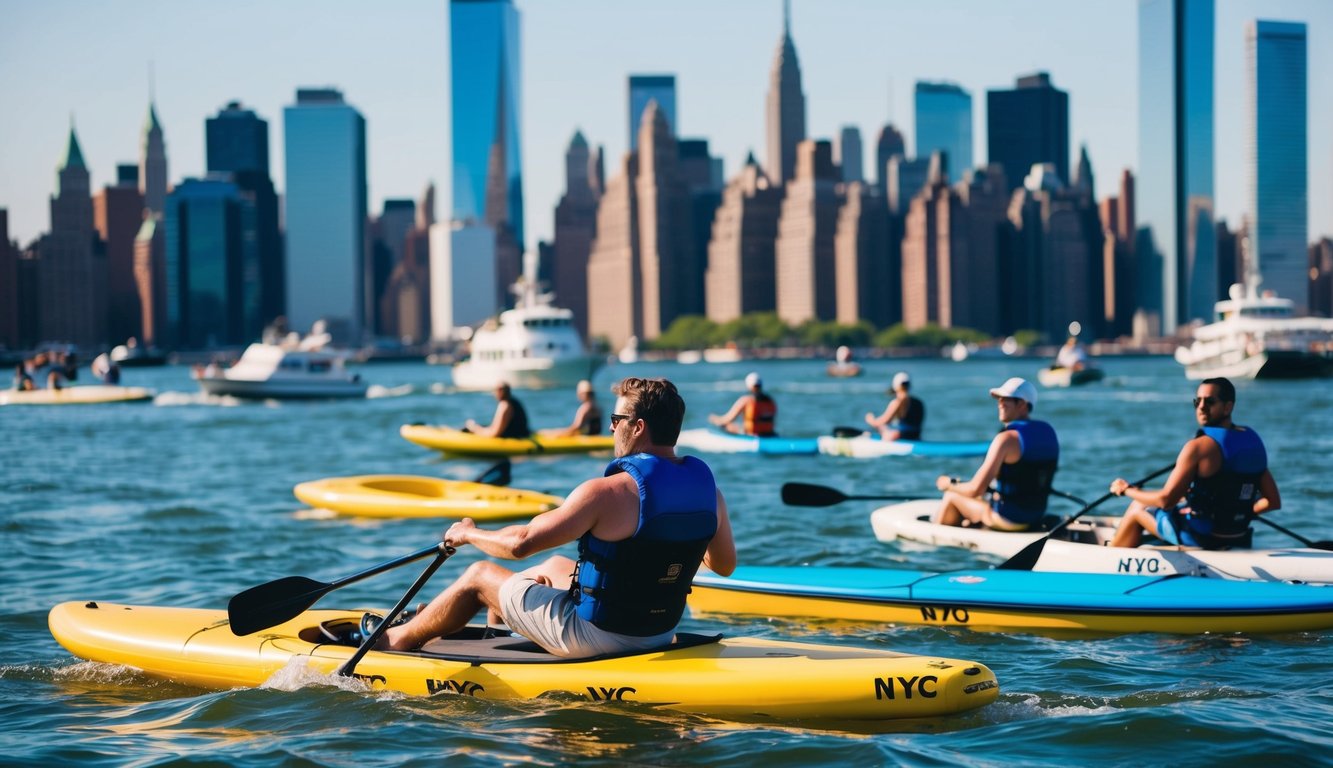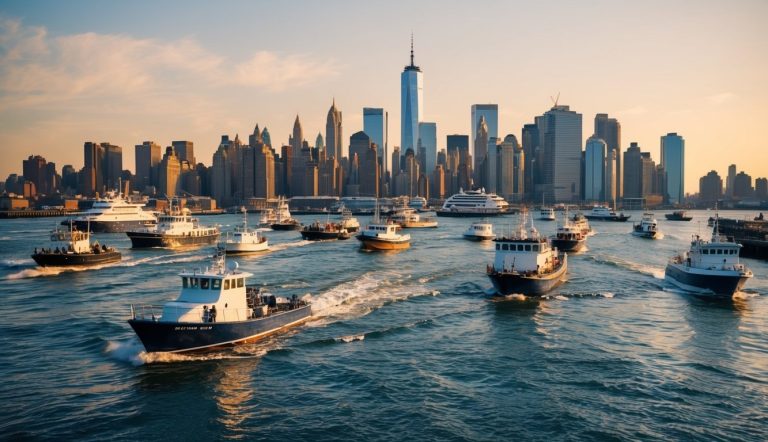Boating in New York requires knowledge of specific regulations that vary by age, vessel type, and waterway. The state has implemented clear rules to ensure safety on its diverse waters. Let’s explore the world of using boats in New York City!
Overview of Brianna’s Law
Brianna’s Law is a critical piece of legislation that phases in mandatory boating safety education for all motorboat operators in New York State. Named after Brianna Lieneck, who tragically died in a boating accident, this law aims to improve safety on New York waterways.
The law follows this implementation schedule:
- January 1, 2020: All motorboat operators born on or after January 1, 1993
- January 1, 2022: All operators born on or after January 1, 1988
- January 1, 2023: All operators born on or after January 1, 1983
- January 1, 2024: All operators born on or after January 1, 1978
By January 1, 2025, all motorboat operators regardless of age must complete a boating safety course and hold a boating safety certificate.
Requirements for Motor Boat Operators
When operating a motorboat in New York, you must follow specific legal requirements. If you’re under 18, you must complete a state-approved boating safety course and hold a safety certificate. For operating commercial or “for-hire” vessels in New York City, you need a US Coast Guard Certificate of Inspection (COI). This applies to tour boats, water taxis, and charter vessels.
All motorboats must maintain a speed limit of 5 mph when within 100 feet of shore, docks, or anchored vessels. This helps prevent accidents and property damage.
Your vessel must also carry proper safety equipment including:
- Life jackets for each person
- Fire extinguisher (for boats with enclosed engine compartments)
- Visual distress signals
- Sound-producing devices
Navigating Marinas in New York City

New York City offers several well-equipped marinas for boaters exploring its urban waterways. These facilities provide essential services while being strategically positioned near key attractions and transportation hubs.
Marina Amenities and Services
New York’s marinas cater to various vessel sizes with diverse amenities. North Cove Marina in the financial district accommodates boats up to 175 feet and offers concierge services with nearby shopping. Most marinas provide:
- Electrical hookups (30/50/100 amp)
- Fresh water connections
- Fuel services (diesel and gasoline)
- Pump-out stations
- Wi-Fi access
- Shower and restroom facilities
Security is paramount at NYC marinas, with most offering 24-hour surveillance and controlled access. You’ll find staff available to assist with docking procedures and local information. Reservations are strongly recommended, especially during summer months when berths fill quickly. Many marinas offer online booking systems where you can secure your spot in advance.
Strategic Locations Along Hudson River
The Hudson River provides excellent access points to Manhattan and beyond. 79th Street Boat Basin offers convenient midtown access, while marinas near Battery Park position you perfectly for downtown exploration.
When planning your Hudson River journey, consider these locations:
- Chelsea Piers – Midtown access with excellent facilities
- Pier 25 at Hudson River Park – Downtown location with recreational options
- Liberty Landing Marina – Offers Manhattan skyline views from New Jersey side
These locations connect easily to public transportation, allowing you to dock and explore the city efficiently. You can even reach sporting events like Yankees and Mets games via NY Waterway from certain marinas. Tidal changes affect docking conditions, so check tide charts before arrival. Current flow can be strong, requiring careful navigation when approaching berths.
Boating Safety in Urban Environments

Navigating New York’s busy waterways requires specific safety measures and knowledge of local regulations. Proper preparation and understanding how to interact with authorities will make your boating experience safer and more enjoyable.
Pre-Boating Safety Checks
Before launching into New York Harbor or surrounding waterways, complete a thorough safety inspection of your vessel. Make sure you have proper safety equipment on board, including life jackets for each passenger, fire extinguishers, and signaling devices.
Check the weather forecast specifically for marine conditions. Urban waterways can change quickly with wind tunnels between buildings creating unexpected conditions. Ensure your boat registration is current and displayed properly. New York requires registration for motorized vessels and certain non-motorized craft.
Create a float plan and share it with someone on land. Include:
- Your planned route
- Expected return time
- Description of your boat
- Names of all passengers
Test all navigation lights before heading out, especially if you’ll be on the water at dusk or night.
Interacting with Coast Guard and Authorities
- When boating in New York City, you’ll likely encounter the U.S. Coast Guard and other authorities. Always be cooperative and respectful during any interactions.
- Keep your boating license and vessel registration easily accessible. The New York State Boater’s Guide recommends storing these documents in a waterproof container.
- Be aware of and respect all Safety and Security Zones in New York Harbor. You must stay at least 25 yards away from facilities with posted Security Zone signs.
- If stopped for inspection, reduce speed, follow instructions, and have all passengers put on life jackets if they aren’t already wearing them.
- Monitor VHF Channel 16 while boating to receive safety broadcasts and communicate with authorities if needed.
Participating in Water Sports Around NYC

New York City’s waterways offer exciting opportunities for water sports enthusiasts to enjoy activities while taking in stunning urban views. The city’s 160 square miles of rivers, bays, and ocean provide diverse settings for aquatic recreation.
Popular Water Sports Activities
- Kayaking is one of NYC’s most accessible water sports. The New York City Water Trail connects numerous waterways perfect for paddlers of all skill levels. Many waterfront parks offer free or low-cost kayaking programs during summer months.
- Stand Up Paddleboarding (SUP) has gained tremendous popularity in recent years. Manhattan Kayak Co offers SUP lessons and rentals, giving you a unique perspective of the city skyline while improving your balance and core strength.
- Sailing opportunities abound in New York Harbor and the Hudson River. Several sailing schools and clubs welcome beginners and experienced sailors alike. You can join group lessons or charter sailboats for private excursions.
- Jet Skiing provides an exhilarating way to explore New York Harbor and see landmarks from the water. Rental facilities operate from May through October, offering guided tours or independent riding options.
Safety Tips for Water Sports Enthusiasts
- Always wear a life jacket when participating in any water activity. New York State law requires personal flotation devices for most watercraft users, especially during colder months when water temperatures can be dangerous.
- Check weather conditions before heading out. NYC weather can change quickly, and wind patterns around tall buildings can create unexpected challenges for water sports enthusiasts.
- Know the waterways. Familiarize yourself with New York’s boating guides and local traffic patterns. Commercial vessel traffic is heavy in many areas, so understanding right-of-way rules is essential.
- Stay hydrated and protected from the sun. Even on cloudy days, reflection from the water intensifies UV exposure. Bring water, sunscreen, and appropriate clothing for changing conditions.
- Never go alone. Whether kayaking or paddleboarding, bring a buddy or inform someone of your planned route and expected return time.
Boating in Upstate New York

Upstate New York offers boaters a completely different experience from the bustling waters of NYC. The region boasts pristine lakes, scenic rivers, and peaceful waterways that create perfect boating conditions.
Differences from Urban Boating
Boating in Upstate New York presents a stark contrast to navigating NYC’s busy harbors. The waterways are less congested, allowing you to enjoy a more relaxed experience. Speed restrictions are often different too, with many Upstate lakes permitting higher speeds for water sports.
Weather patterns differ significantly from the city. You’ll need to prepare for more variable conditions, especially on larger bodies of water like Lake George, where sudden storms can develop. Regulations vary by location. Many Upstate lakes have specific rules about boat size, motor types, and noise levels. Before you visit, check local regulations for your chosen destination.
Equipment needs also change. While safety gear remains essential, you might want to add:
- Fishing equipment
- Picnic supplies
- Anchors suitable for lake bottoms
- Extra fuel for remote areas
Scenic Routes and Destinations
- Upstate New York features several world-class boating destinations. Lake George stands out with its crystal-clear waters and mountain backdrop. The lake spans 32 miles with numerous islands and secluded coves to explore.
- The Thousand Islands region along the St. Lawrence River offers a unique archipelago experience with countless islands and historic sites. You can navigate between US and Canadian waters (with proper documentation).
- Saranac Lake provides a more wilderness-oriented experience with interconnected waterways perfect for multi-day adventures. The calm waters make it ideal for kayaking and canoeing.
- The historic Erie Canal National Heritage Corridor lets you travel through charming towns while experiencing an important piece of American history. Lock systems make this journey particularly interesting.
- Skaneateles Lake in the Finger Lakes region offers some of the clearest waters in the state, perfect for swimming stops during your boating trip.




